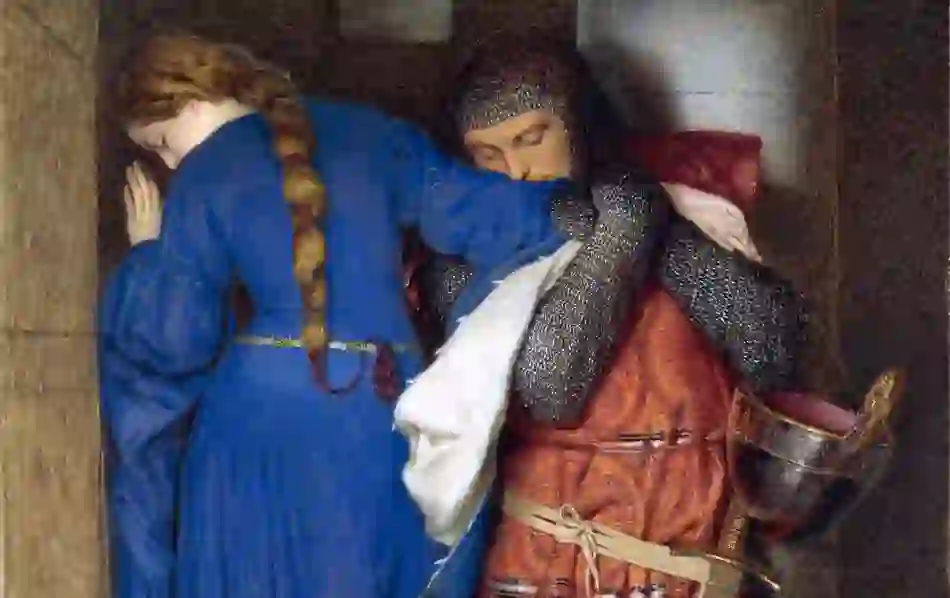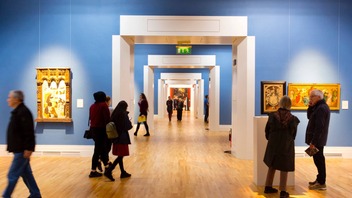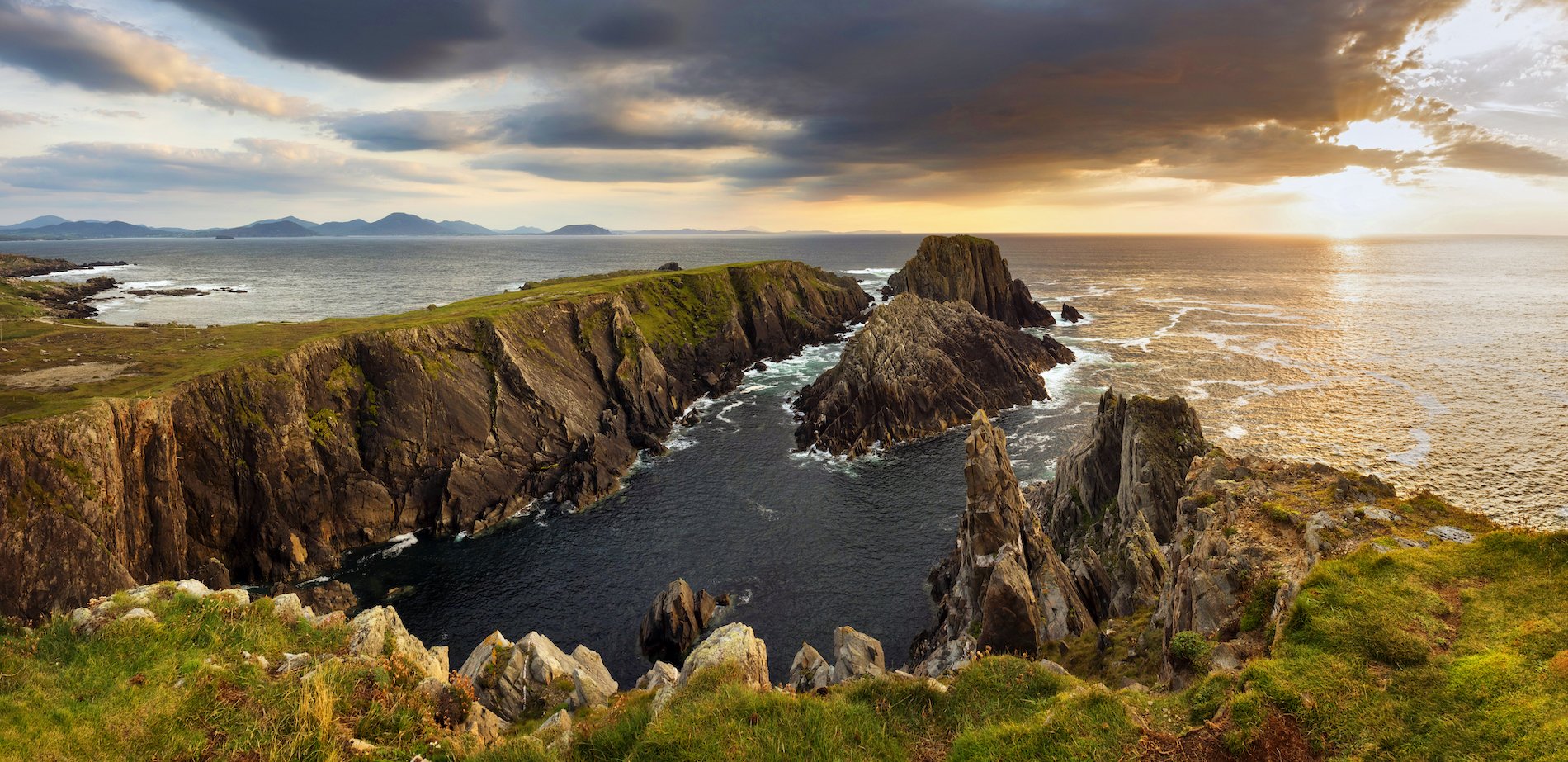

Meet the art masterpieces in Ireland
When it comes to visual arts, Ireland wears its wealth lightly: there are famous Irish works of art and international gems on display at wonderful galleries all around the island, and yet, you don’t have to queue for hours, pay through the nose or battle through crowds to see them.
Wander into the National Gallery of Ireland and you’ll spot works by Jack Butler Yeats and modern art by Mainie Jellet, who brought Cubism to Ireland. At the Crawford Gallery in Cork, well-known pieces by Irish artists such as Sean Keating, Harry Clarke and Norah McGuinness share space with the famous Canova Casts, given to the city over 200 years ago. And Belfast’s light and airy MAC hosts thought-provoking exhibitions from some of the top names in contemporary art, including Gilbert & George and Ron Mueck.
But if you’re looking for some art masterpieces, you’ve come to the right place…


A section of Caravaggio's “The Taking of Christ”
© National Gallery of Ireland
The island’s headliner is probably Dublin’s long-lost Caravaggio baroque-style painting The Taking of Christ, which had been hanging timeworn and misattributed in a seminary dining room.
In 1990, the Jesuit owners contacted the National Gallery about assessing its works of art. When specialist Sergio Benedetti arrived, he couldn't believe what he saw. After meticulous research, experts believed that the painting was authentic and in 1993, The Taking of Christ was hung in the National Gallery of Ireland, and is still there to this day.
The New York Times calls it “gorgeous and stark”, and asks whether, with its “dramatic angled lighting and deeply shadowed backgrounds – did Caravaggio invent film noir?” John Bailey, an American cinematographer, goes further: “[Caravaggio’s] dramatic staging and compositional daring alone are enough to elevate his work into intense veneration by filmmakers. But it is the light that almost burns through the canvas.”


A section of Burton's “Meeting on the Turret Stairs”
© NGI
Despite the adulation, The Taking of Christ only came second in a public competition to find Ireland’s favourite painting. The winner? Frederic William Burton’s 1864 neo-medievalist confection Meeting on the Turret Stairs, which is also hanging in the National Gallery. You’ll have to time your visit carefully to see it – Burton’s watercolour is so fragile it is only displayed for an hour on Thursdays (11.30-12.30pm) and Sundays (2pm-3pm) in Room 20.


Hugh Lane Gallery, Dublin city
Seeing where an artist works is intriguing. In Dublin city's Hugh Lane Gallery, Francis Bacon’s studio has been meticulously reconstructed – a gargantuan task, given that the artist admitted, “I work much better in chaos”. Around 7,500 pieces – paintings, photographs, trousers, bottles, books and drawings – were shipped from London, along with the doors that he used as canvases, to the gallery. Curators then spent three years putting it all back together.
Former Project Manager of the Francis Bacon Studio Project, Dr Margarita Cappock said of it, “I think in its entirety the project is unprecedented in the international art world.”
After admiring it, you can wander through this small but excellent gallery and enjoy works from Irish artist Sean Scully, stained glass by renowned artist Harry Clarke, and pieces by Manet, Renoir, Money, Degas and Pissarro.
A sculptor’s toolsAnother very different studio is recreated in Banbridge, County Down. Sculptor FE McWilliam, a friend of English sculptor Henry Moore, is best known for his surrealist renderings of the human body. The studio was brought over from London and rebuilt just as he left it, seen through glass walls that overlook a sculpture garden. The adjoining gallery and garden showcase his work, along with work by other artists.
As Irish playwright George Bernard Shaw wrote, “Without art, the crudeness of reality would make the world unbearable.” And where better to appreciate this art than in spaces fully befitting of the artists’ masterpieces?
























